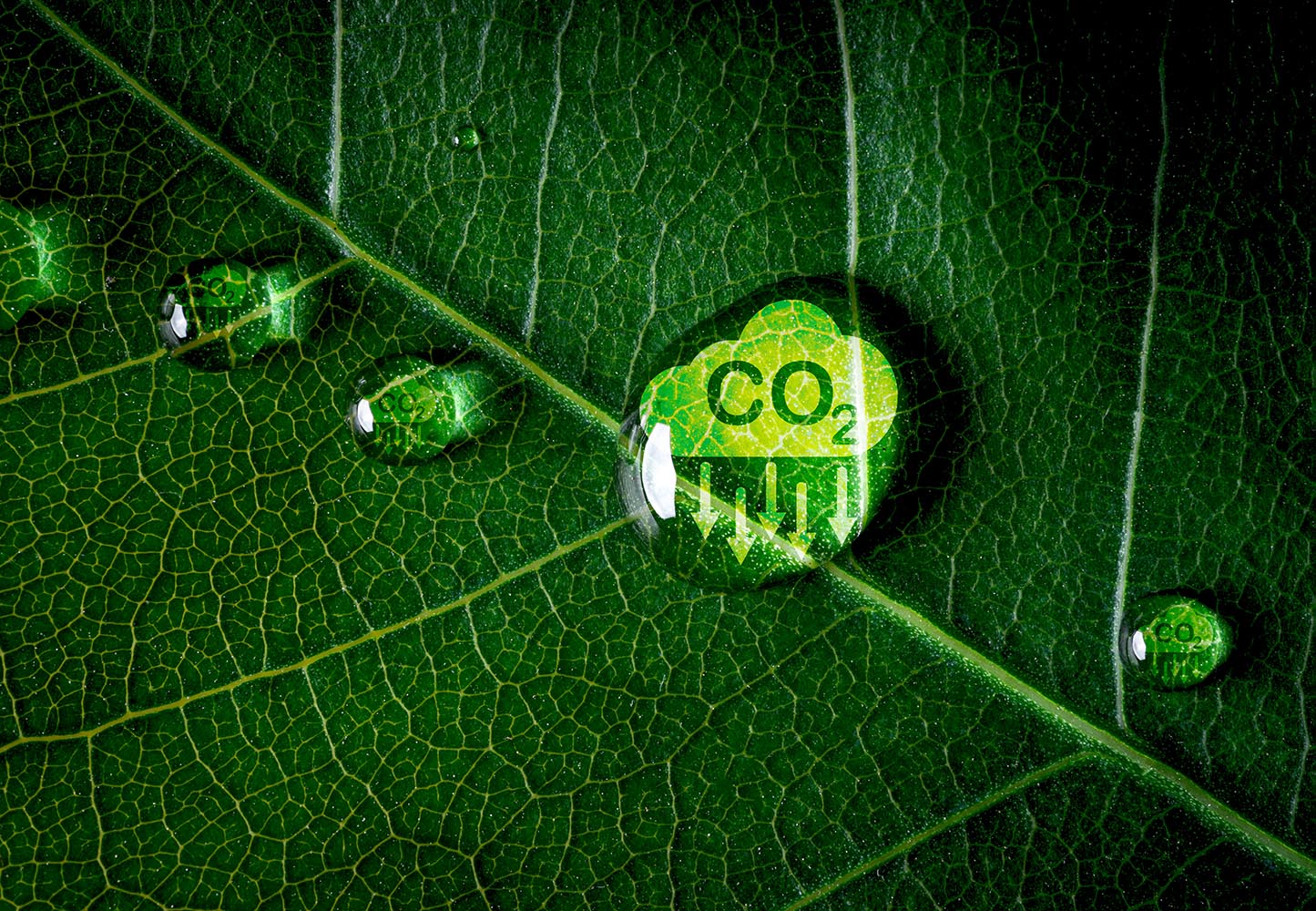
Advancing fuel flexibility: Insights from F+L Week 2024
One of the central themes of F+L Week 2024, held in Ho Chi Minh City, Vietnam on March 7-8, was the pressing need for fuel flexibility across air, land and sea transportation. Leading experts gathered to outline recent developments in this field, emphasising the importance of embracing a variety of fuel sources to accommodate the dynamic needs of modern transportation systems.
Today’s aircraft are approximately 80% more fuel-efficient than those of the 1960s. This progress is largely attributed to advancements in fuel efficiency, technological innovation and enhanced flight logistics. Nevertheless, aviation is still a significant contributor to carbon emissions. Experts believe further efficiency gains of 15-20% are theoretically possible, although they will be costly and difficult to achieve. Moreover, ongoing efficiency measures are being outweighed by growth in air travel demand.

Sustainable aviation fuel (SAF) will play a central role in decarbonising air traffic and addressing public concerns about the environmental impact of aviation. Gabriel Ho, founder & principal consultant at Chemcore Consultants, outlined important advancements in SAF in a presentation on Emerging Sustainable Aviation Fuel Supply: Waves of Innovation and Future Challenges.
Global standards and testing body ASTM International has approved eight conversion processes for producing SAF, of which three are also used for co-processing under ASTM D1655, the conventional jet fuel specification. Hydroprocessed Esters and Fatty Acids – Synthetic Paraffinic Kerosene (HEFA-SPK) is the dominant pathway, says Ho. HEFA, derived from renewable feedstocks such as vegetable oils and animal fats, is expected to continue leading the SAF supply chain to 2030.
Securing reliable feedstock sources is of paramount importance. Used cooking oil is regulated and scarce and direct feedstock competition with renewable diesel in both the land and marine sectors will impact the HEFA pathway.
Subsequent waves of SAF are likely to adopt Alcohol-to-Jet (ATJ) technology, says Ho. This transformative pathway de-oxygenates alcohols such as ethanol or butanol and converts them into aviation fuels. The world’s first commercial production facility for converting ethanol into SAF opened in January 2024, in Soperton, Georgia.
As electrification of road transport continues to ramp up, billions of litres of ethanol will need a new outlet, says Ho. Second-generation ethanol, produced from non-food biomass sources such as agricultural residues, woody biomass, or dedicated energy crops, is the game changer, he says. However, it is not yet widely available.
Fischer-Tropsch Synthetic Paraffinic Kerosene (FT-SPK) leverages agricultural and forestry residues, municipal solid waste and industrial waste gases. It is a promising avenue in Asia due to abundant feedstocks, says Ho. Although, it is too early to tell if the technology will be competitive, he concedes.
Ho highlighted several promising new conversion processes that are under evaluation by ASTM, including Shell IH2 wood pyrolysis technology—a catalytic thermo-chemical process that converts non-food biomass feedstocks directly into SAF, gasoline and diesel drop-in transportation fuels.
ExxonMobil announced its methanol-to-jet (MTJ) technology in June 2022, which aims to manufacture SAF from renewable methanol. Oil and gas supplier OMV is advancing the pyrolysis of waste polymers as it looks to recycle crude oil from plastic waste. Ho also noted work on HEFA with higher cycloparaffins by Revo International and a single-step HEFA with aromatics developed by the CSIR Indian Institute of Petroleum.
Decentralised Power-to-Liquid (PTL) plants also offer a potential solution, localising SAF production and enhancing supply chain resilience.
A variety of technologies are available to increase SAF production. While SAF is not completely carbon neutral, it can reduce lifecycle emissions by up to 80% when compared to traditional jet fuel.
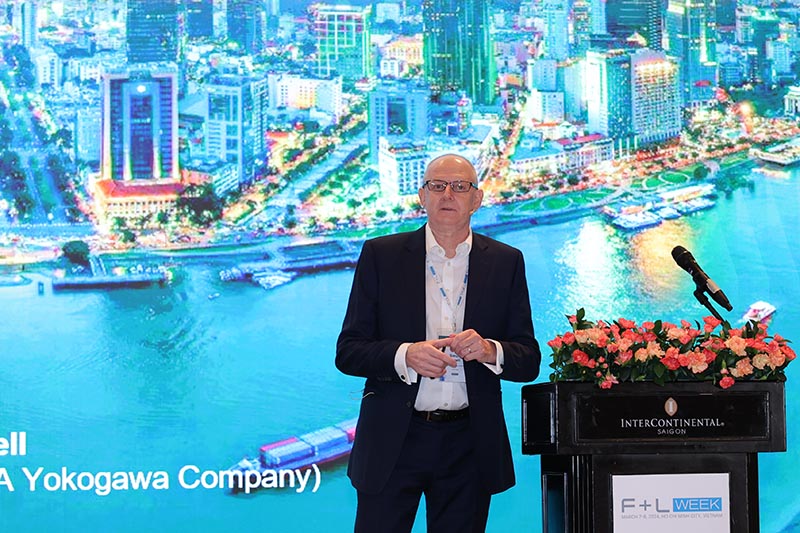
For long-distance air transportation, the use of SAF must grow as quickly as we can create it, says Simon Angell, senior vice president at KBC. However, it will not be easy nor cheap, he says. The question is whether we are prepared to pay for it.
Angell delivered the opening presentation at F+L Week 2024 on March 7, where he emphasised the industry’s need for a strong demand signal to bring costs down. Government mandates and incentives are encouraging SAF investments in Europe and the United States. Angell called for stronger incentives to accelerate SAF adoption in Asia.
Current SAF efforts in Asia are notable, but hardly remarkable. Angell outlined SAF goals and commercial arrangements in Asia including a 1% SAF requirement in Singapore from 2026, a 10% SAF mandate on international flights out of all Japanese airports by 2030, and China’s non-mandated plan to build SAF consumption to 50,000 tons by 2025. India has no firm policies for SAF at this stage, although plans for 1% SAF for domestic airlines by 2025 are underway. These are not the game-changing numbers the aviation industry in Asia needs.
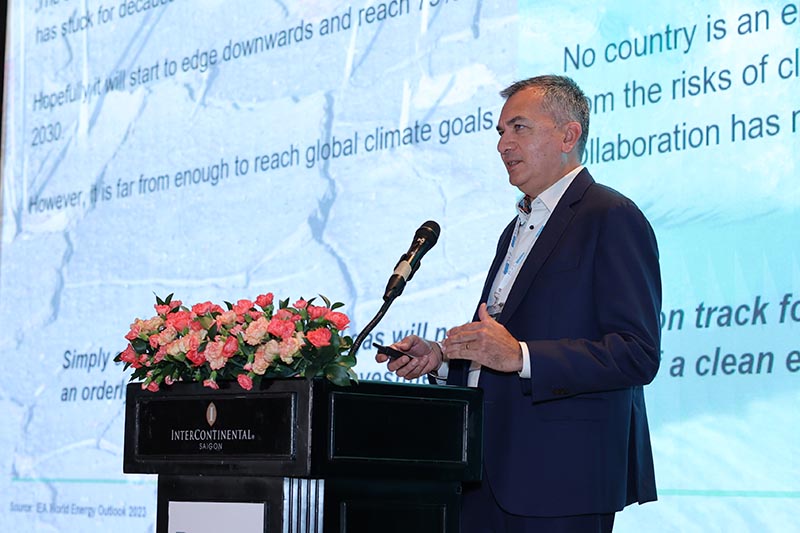
Neste is the world’s foremost producer of SAF and renewable diesel. Steven Bartholomeusz, head of public affairs, Asia Pacific, at Neste, underscored the need for widespread SAF adoption to decarbonise the aviation industry by 2050, highlighting concerns over the sluggish pace of the fossil fuel phase-out. The Finnish company has recently expanded the annual production capacity at its Singapore refinery to 2.6 million tons, of which one million can be utilised for SAF.
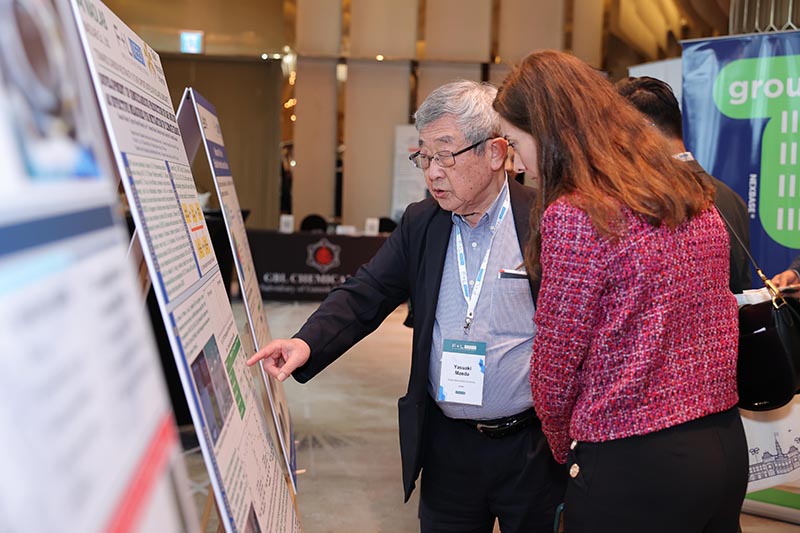
During the F+L Week poster session, Dr. Yasuaki Maeda, guest professor and emeritus professor at Osaka Metropolitan University, Japan, presented research on the Development of Production Technologies for Sustainable Aviation Fuel (SAF) and Biodiesel Fuel (BDF) as Effective Climate Change Mitigation Measures.
Maeda highlighted a current focus on low-yield biomass sources in production. He outlined promising research that coconut oil can efficiently produce both SAF and biodiesel using a co-solvent production method that boasts 98% yields of high-purity fuels with low energy input and emissions. This technology can be utilised as SAF by mixing 30% methyl ester with kerosene, offering drop-in capability for aviation fuel applications.
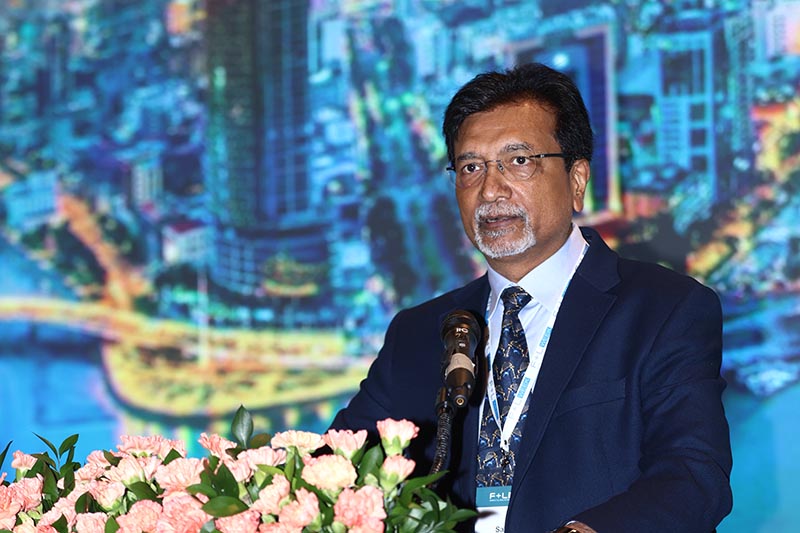
Sanjay Verma, general manager of business development for Decarbonization Services at Wartsila, highlighted the formidable challenge of decarbonising the marine sector, which relies entirely on heavy fuel oils. The transition to alternative fuel technologies is already underway, however, the adoption of technology, carbon-neutral fuels, and potential carbon pricing comes with significant cost implications for individual shipowners, says Verma.
The Wartsila representative outlined an increasing focus on non-traditional, non-fossil fuels—green hydrogen, green ammonia, and green methanol—with approximately 30% of ships ordered last year opting for these environmentally friendly options. Verma acknowledged the storage challenges associated with these alternative fuels, particularly in the marine market.
The energy sector is relatively advanced in its use of hydrogen. Verma highlighted green hydrogen’s zero-carbon properties and its potential for blending with gaseous fuels. Addressing demanding storage conditions, which involve liquifying hydrogen and storage at extremely low temperatures (-253 °C), poses a challenge. Green methanol is also carbon neutral, can be blended with liquid fuels, and benefits from established safety regulations.
Verma stressed the significant potential of ammonia, when produced through sustainable methods, to address environmental concerns—noting that 5% of ships ordered last year opted for ammonia propulsion. Ammonia offers zero-carbon properties with no carbon dioxide emissions, yet it faces unique challenges, including toxicity and handling issues. Green ammonia is not yet widely available with current ammonia fuels derived from coal or natural gas.
Ammonia burns poorly on its own and needs to be mixed with diesel to facilitate combustion. Wartsila is developing a pure ammonia engine concept with hydrogen cracking. The techniques involve cracking a portion of the ammonia and converting it into hydrogen, which can then be blended for faster burning.
The infrastructure and availability of green fuels need time to mature, says Verma. He emphasised the unique advantages of multi-fuel combustion engines, highlighting their flexibility in accommodating emerging green fuels.

Biodiesel is primarily sourced from edible oils such as soybean, rapeseed and palm oil. Dr. Nguyen Huynh Phuong Uyen, engineering researcher at NAOLAB Co., Ltd. and guest researcher at Osaka Metropolitan University, suggested that non-edible oils offer potential alternative feedstocks, ending the contentious debate around food versus fuel.
The problem is that non-edible oils contain high levels of unstable unsaturated esters that degrade fuel stability and engine performance. Oxidation causes biodiesel to rapidly deteriorate. Nguyen discovered that dispersing hydrogen Ultrafine Bubbles (UFB) can have positive impacts on biodiesel oxidation stability. UFBs with a diameter of about 100 nm were shown to prevent the oxidation of unsaturated bonds and can provide extremely long-lasting oxidation stability of oil and biodiesel, she says.
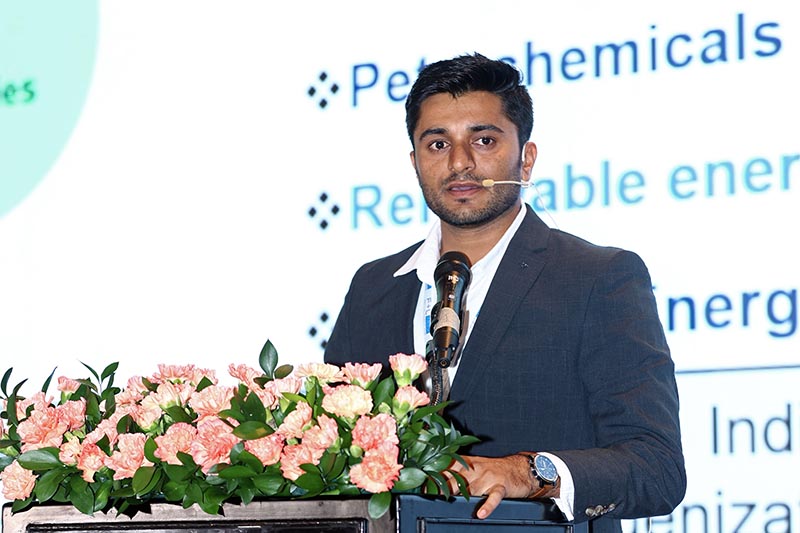
Yogesh Patil, manager, Engine Research Laboratory, Hindustan Petroleum Corporation, emphasised that ethanol-blended diesel is an encouraging alternative to traditional diesel fuel. Patil’s research investigated the Impact of Ethanol Blended (E2 & E5) Diesel Fuel on Four-Wheeler Passenger Car Performance and Emissions.
Improvements in carbon monoxide (-36%) and total hydrocarbon (-45%) emissions were observed in ethanol-to-diesel (E2D) fuel compared to neat diesel (ND). Although, nitrous oxide (NOx) emissions were higher for E2 fuel compared to E5 and ND. Patil outlined a 2% to 4% decrease in vehicle power for E2D at 60 kph compared to ND as the percentage of ethanol in the fuel increased. There were negligible impacts on fuel economy due to increases in the ethanol blend. Patil emphasised the need for specialised high-speed diesel (HSD) additives to address issues with E2D including water separation, oxidation, improving cetane number and lubricity.








